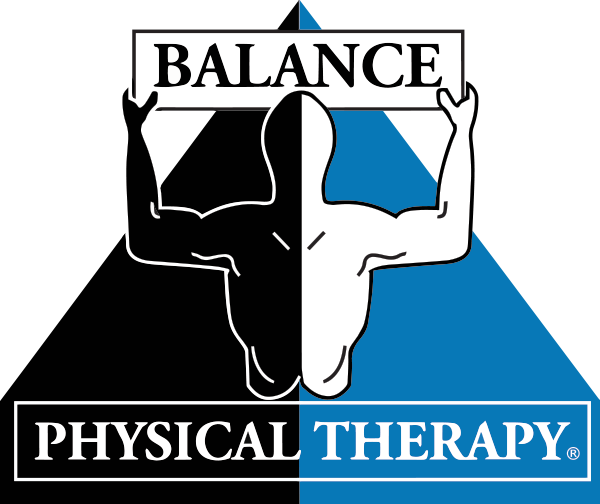The Essential Effect of Strength Exercise on Improving Rehabilitation and Performance in Athletic Recovery
The Essential Effect of Strength Exercise on Improving Rehabilitation and Performance in Athletic Recovery
Blog Article
Resistance conditioning plays a crucial role in sports rehabilitation, assisting athletes heal from injuries and improve their general performance. When an athlete sustains injured, their physique requires time to heal. However, during this rehabilitation period, it is essential to preserve strength and mobility to avoid additional damages. Resistance conditioning can be customized to fit the requirements of each individual, focusing on specific muscle groups that may have been impacted by the injury. This focused approach not only aids in recovery but also readies the individual to come back to their activity more robust than before.
One of the primary benefits of resistance conditioning in recovery is its capability to enhance muscular strength and stamina. When muscles are more powerful, they can better stabilize joints and reduce the chance of re-injury. For instance, an athlete healing from a leg trauma can benefit from exercises that fortify the quadriceps and back thigh muscles. These muscular tissues play a vital part in stabilizing the leg articulation. By including resistance training into their recovery program, individuals can regain their power more efficiently and securely.
In furthermore to building power, strength conditioning also enhances mobility and range of movement. Many injuries can lead to rigidity in the affected region, making it challenging for individuals to move easily. Strength conditioning exercises often include extending and lengthening the muscular tissues, which can help restore mobility. For instance, adding resistance bands or dumbbells into flexibility programs can enhance the efficacy of these exercises. As mobility improves, individuals can perform movements more effectively, which is essential for peak performance in their sport.
Another important aspect of strength training in athletic recovery is its beneficial impact on psychological well-being. Healing Recommended Reading from an injury can be a challenging and frustrating experience for individuals. Participating in resistance conditioning can provide a sense of accomplishment and enhance self-esteem. As athletes see improvements in their strength and capabilities, they may experience more motivated to persist their rehabilitation process. This psychological uplift can be just as important as the bodily benefits, as a positive attitude can result to improved outcomes in recovery.
Finally, strength training can assist individuals transition back to their sport more seamlessly. Once they have recovered their strength and flexibility, athletes must to rehearse sport-specific movements to guarantee they are prepared for competition. Strength conditioning can be combined with activity-specific drills to create a comprehensive rehabilitation plan. This blend allows athletes to not only heal but also enhance their performance. By concentrating on both rehabilitation and performance, strength conditioning becomes an crucial tool in the rehabilitation journey, assisting individuals come back to their sport stronger and more durable.